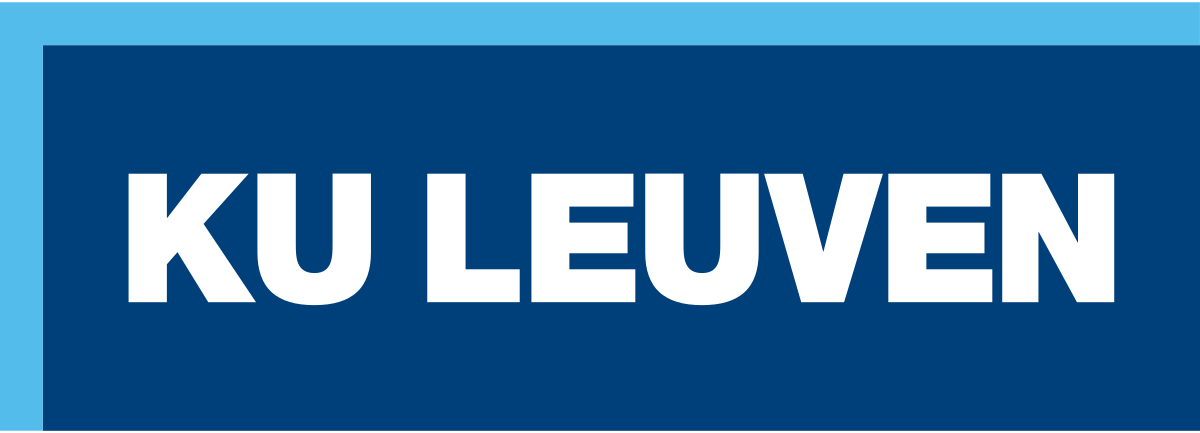KU Leuven: Flemish scientists are looking for star listeners
Many people think that astronomy is mainly focused on visual observation, but you can also listen to the stars. Certain stars vibrate namely; they reverberate like giant gongs. We cannot hear those sounds directly, but we can trace them through the light changes of the stars. These can be converted back to audible sound. For example, it is possible to recognize a star by the timbre or timbre of the sound of the star vibrations.
Thanks to the new generation of space telescopes, there is a true explosion of data in astronomy. Can the human ear be used efficiently to analyze the data flow within this field? That is the research question underlying the citizen science project AstroSounds, set up by KU Leuven, Hogeschool UCLL, PXL Music and the Planetarium of the Royal Observatory of Belgium.
AstroSounds is a call to everyone, young and old, to help advance science by listening to and classifying stars based on timbre and pitch. The AstroSounds team is investigating the extent to which human hearing can distinguish types of stars and can help analyze new (star) data in the future.
“With AstroSounds we want to demonstrate that our hearing is a very powerful instrument that can also be used for scientific research,” says Katrien Kolenberg, astronomer at KU Leuven. “Stars like our sun are gigantic balls of gas, with different properties that give rise to different sounds when we convert the data into sound. By allowing a large audience without prior knowledge to listen to different types of stars, we can find out how powerful the ear is for data analysis. We may even be able to hear some subtle differences between stars more easily than we can see! With this approach, we are also making science more inclusive.”
Interaction with the public in science and communication
The AstroSounds project will also receive an extra research component on science communication within the European research project ParCos ( Participatory Communication of Science ). ParCos works together with students from LUCA School of Arts to make scientific information more translatable and visually displayed. Some of the results are several short, animated videos that are shown on public screens in the Bib Leuven Tweesources.
The aim is to investigate through which media and channels complex, scientific information can reach a wide audience. The location is an asset because the library not only attracts an interested public, but also spontaneous passers-by of all ages, who may initially be less likely to explore scientific information.

